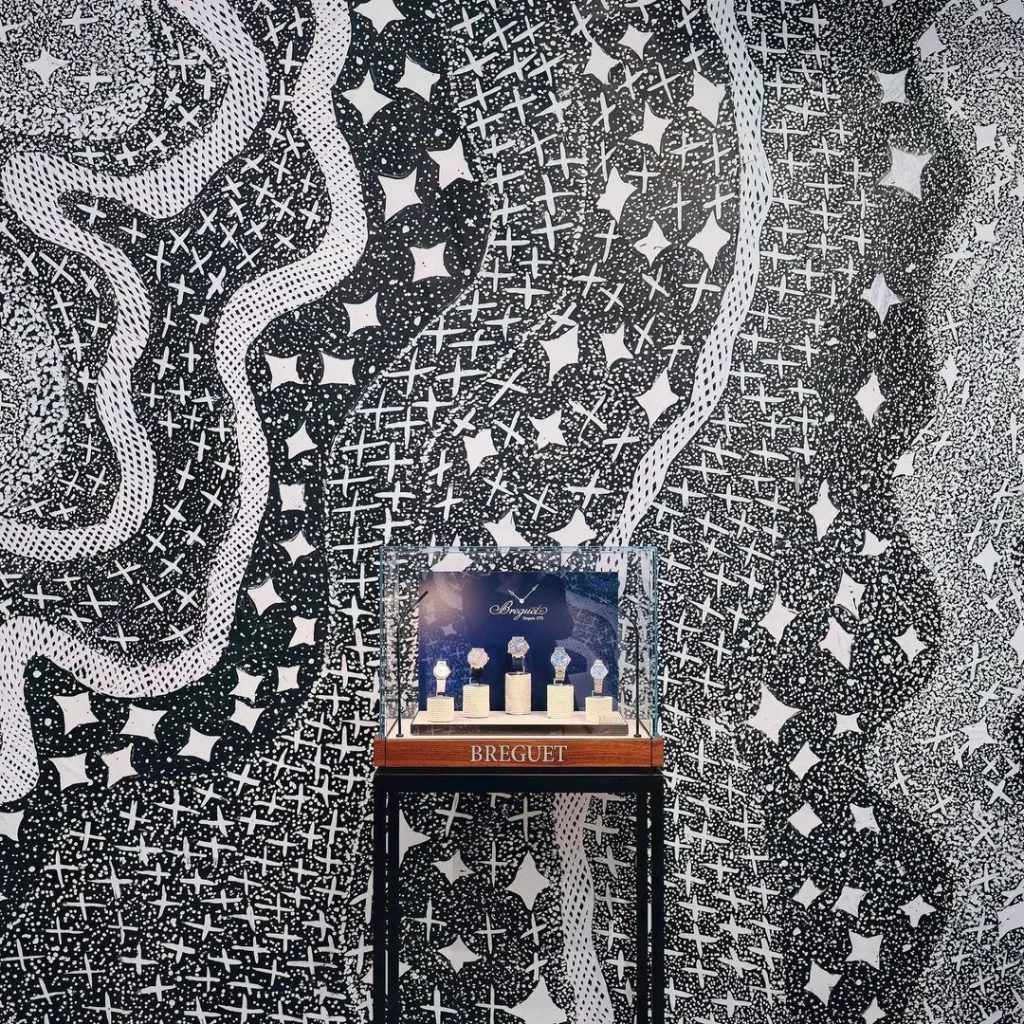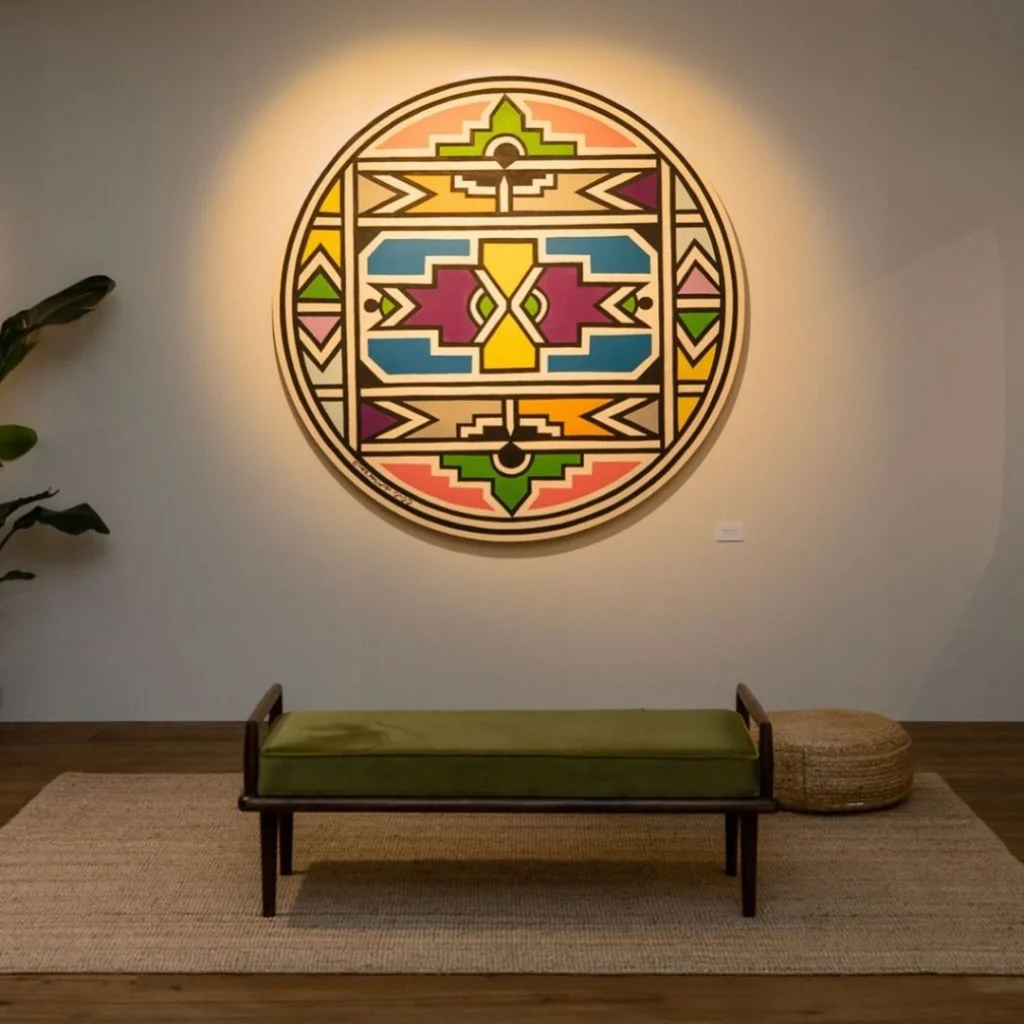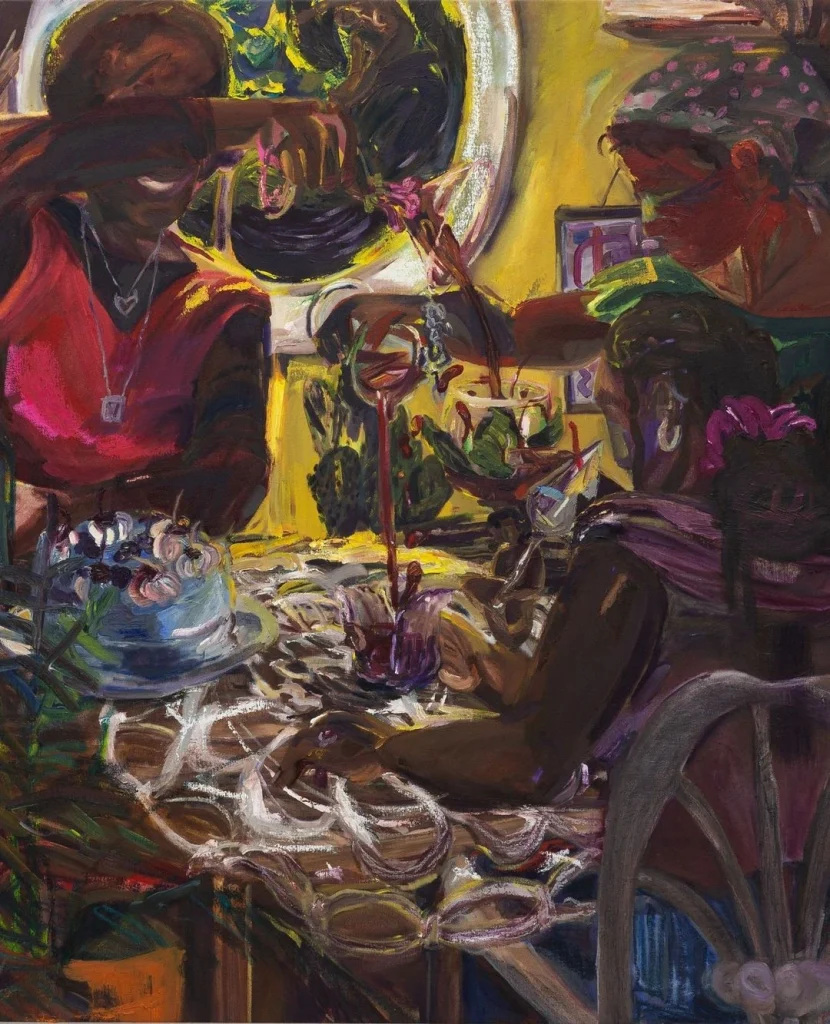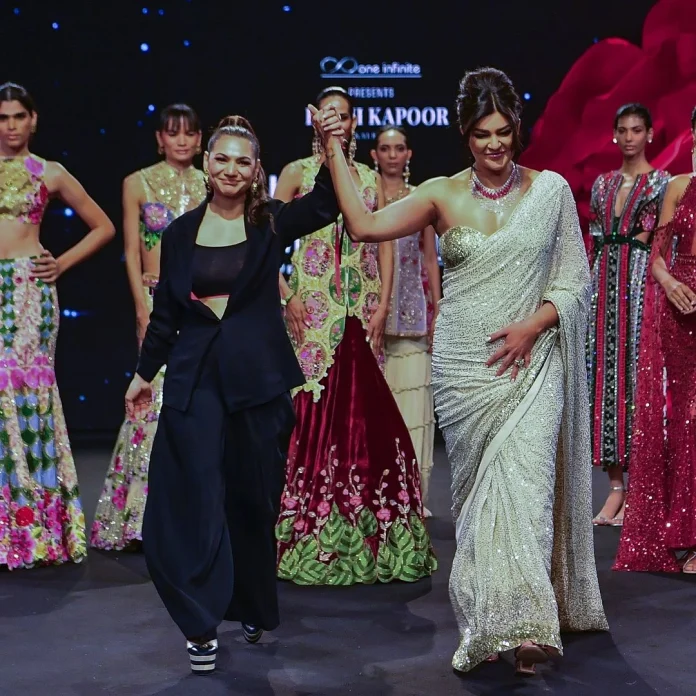Amid the halls of Frieze London and Frieze Masters, art unravelled stories of motherly anguish, female sexuality, medieval legends, war, and more. It was a visual feast that attracted a diverse crowd—art collectors, art school dropouts, and even celebrities like Benedict Cumberbatch, Bianca Jagger, and FKA Twigs. As one of the world’s most celebrated art festivals, Frieze transformed London into a vibrant hub of creativity, innovation, and thought-provoking expression. This year’s edition had something for everyone, regardless of their art expertise.
Before we dive into the highlights, let’s take a moment to understand what Frieze is all about. The festival is split into two main fairs: Frieze London and Frieze Masters. Frieze London showcases contemporary artists who are shaping today’s art landscape, while Frieze Masters celebrates the great artists of the past, honoring those who have left an indelible mark on art history.

This year’s theme for the Frieze Art Fair was all about Surrealism. So, Frieze Masters featured the artwork of disempowered artists in the history of surrealism, like Dora Maar, Baya Mahieddine, and Juliana Seraphim, whose work finally found its way into the spotlight. Besides that, the legendary works of Marcel Duchamp and Man Ray and female artists like Leonora Carrington, Leonor Fini, Meret Oppenheim, and Dorothea Tanning, who have challenged male-dominated surrealism narratives and broadened the genre’s dimension were also showcased. As a part of the Frieze London Art Fair, surrealism was evident in contemporary politics and personal experiences. Some artists showcased their new work at the fair, including Carol Bove, Leiko Ikemura, Keti Kapanadze, Little Whitehead, and Nova Jiang. Their installations captured their exploration of themes like gender, dreams, and nature.
The fair aimed to attract a younger generation of artists and contemporary galleries, with refined and understated abstraction continuing to dominate the trends. One of the standout pieces was Carol Bove’s artwork, which captured the aversion to surrealism in the early 21st century. Her nine totemic sculptures—featuring contrasting slime-green, disembodied stainless steel tubes—were a hit, nearly selling out at Gagosian within hours. Bove sought to evoke the distaste that art connoisseurs had for references to intuition and the Freudian unconscious at the time.

Another highlight was Philipa Reid’s stand, showcasing the enigmatic work of Polish artist Joanna Piotrowska. Celia Hampton’s powerful paintings, inspired by her daughter’s kidney transplant, also drew significant attention. Her striking depiction of a surgeon’s gloved hands clutching a pink-and-red bulging form had a medieval and folk-inspired undertone. Leiko Ikemura’s Usagi Kannon Pray, a thought-provoking piece reflecting on the Fukushima nuclear disaster, resonated deeply with viewers.
At Frieze Masters, where galleries often highlight special areas, like Chinese antiquities, arms and armour, or rare maps and books, the atmosphere was more mature and restrained—a welcome contrast to the high-energy vibe of Frieze London. However, Gagosian’s bold installation, curated by Swiss artist Urs Fischer, disrupted the calm.
The display paired John Chamberlain’s crushed-car sculptures, resembling crumpled wrapping paper, with Marc Newson’s iconic furniture, including his famous blind-riveted aluminium chaise longue, injecting an unexpected burst of energy. The Spotlight Section also captivated viewers, showcasing overlooked Guyanese artists Aubrey Williams (October Gallery) and Donald Locke (Alison Jacques).
Meanwhile, Edouard Manet’s Olympia (1863), with its surreal image of a tiny cat biting a nude’s toe, and Czech artist Eva Svankmajerová’s Spící Venouš (Sleeping Venus), which explored feminist themes through Czech surrealist imagery, were standout pieces.

Frieze 2024 offered a dynamic blend of the traditional and modern, placing historical masterpieces alongside cutting-edge contemporary works. The show highlighted the evolution of surrealism and celebrated under-represented artists whose contributions have often been overlooked. With Frieze London championing contemporary voices and Frieze Masters preserving artistic legacies, this year’s edition delivered an immersive and thought-provoking art experience.
From Carol Bove’s striking steel sculptures to Philipa Reid’s haunting visuals, the contrast between contemporary abstraction and surrealist exploration captivated both seasoned collectors and casual art lovers. As Frieze concluded, one thing was clear: the fair continues to lead the way in innovation, diversity, and artistic conversation, leaving visitors eager for what next year will bring.





